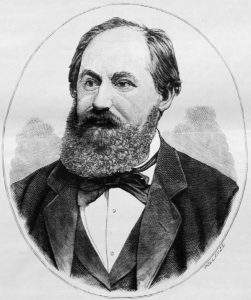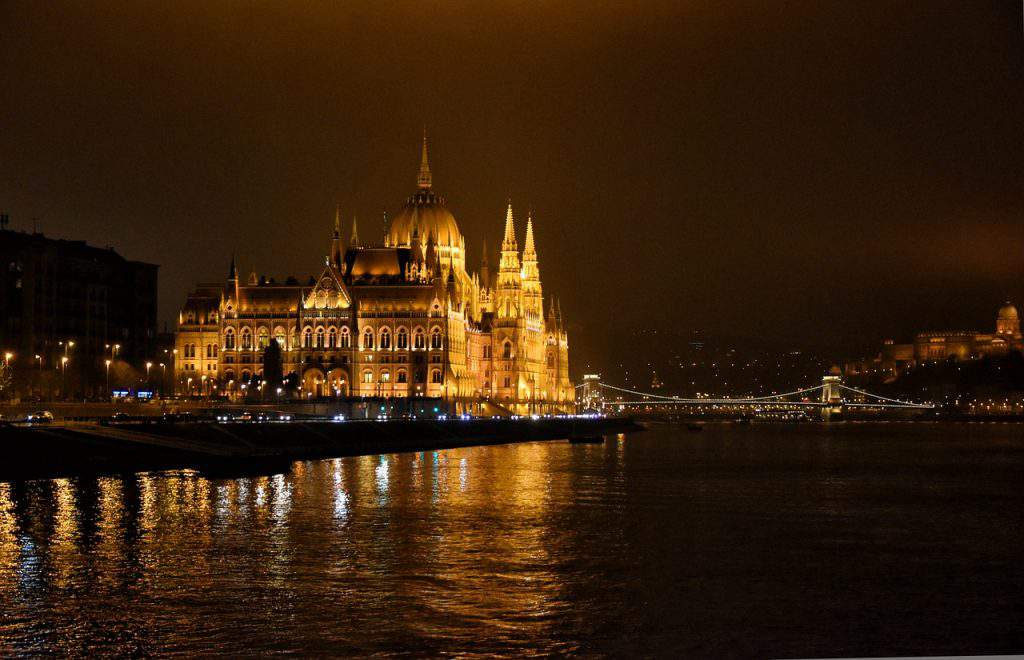10+1 things you didn’t know about the Hungarian Parliament

The House of Parliament is a building of importance in all countries. Especially if it is a beautiful architectural wonder, a symbol, one of the main tourist attractions of the city. We recently shared an article about the construction of the Parliament and realised that there’s so much more to know about this building. So here are some interesting facts that you probably didn’t know about the Hungarian Parliament.
The architect didn’t live to see it
According to blikk.hu, the construction of the Parliament started in 1885, which was one of the most productive years of the 46-year-old Imre Steindl (1839-1902). But the construction works lasted for 17 years and the finished building was inaugurated on the 8th of October, 1902, five weeks after Steindl died. The first session was held in the cupola hall of the Parliament in 1896, while the finishing touches were executed in 1904.

Hungarian product
When designing and building the Parliament, one of the key aspects was that they wanted to use solely Hungarian building materials during the construction.
There’s only one exception: the 6 metre tall marble-monoliths along the main stairs were delivered from Sweden.
The magic of numbers
The cupola of the Parliament is 96 metres tall and since the building was designed for the millennium – the 1000th anniversary of Hungary – it symbolises the year of the Hungarian conquest of the Carpathian Basin (896). The number 96 is also reflected in the number of the main stairs’ steps: 96 steps lead up to the cupola hall. Moreover, the building has 365 smaller and bigger towers, which symbolise the days of the year.

Golden building
The House of Parliament was decorated with 22-23 carat gold. Even though gold leaf is very light, it was used in so many places that the total amount added up to 40 kilograms. Today this is worth around 400 million forints (~EUR 1.3m).

Bullet marks on the walls
The Parliament fell victim to the historic storms of the 20th century, this is why the walls of the building were disfigured by the bullet marks of WWII and the revolution of 1956.
These were restored during a renovation a few years ago, however, the executors left the marks in a few spots, for instance, around a window on the side of the square.
Unique cooling and heating systems
The heating and ventilating systems of the Parliament were among the most modern of the time. The heating is provided by a boiler in a nearby building, which circulates hot steam instead of water. The cooling used to be ensured by cold air coming from the two pool-fountains. After these pools were demolished, the cooling was provided by ice blocks in the underground tunnels from the 1930s until 1994.
The back door is used
Politicians enter the Parliament through the door that looks at Kossuth Square. Some people don’t know that it is actually the back door, the main entrance looks at the Danube. The real main entrance is only used when a great officer of state or a ruler is visiting.

Three Parliaments were built
19 amazing plans were received at the tender for designing the Parliament. So in the end, there wasn’t only one winner, three plans were executed in different forms. One was the Parliament, while the two others are also found at Kossuth Square, on the opposite side of the Parliament. These are the Museum of Ethnography and the Ministry of Agriculture.
Where kids were born
According to posztit.hu, there was a family who got the chance to live in the Parliament for some time. Nándor Reischl was in charge of the conduit, gas, water systems, so he and his family received an apartment in the basement. And that was where his children were born. Quite a special start of a life, right?
Unique services
There are three restaurants in the Parliament, which is not surprising as hundreds of officers are working in the building from day to day. But what less people know is that there’s also a post office, a hairdresser, tapestry and carpenter workshops, and a separate television studio in the building.
+ Visitor Centre
If you have the opportunity and time, you should definitely visit the Parliament on a guided tour. The building’s Visitor Centre is a communal space, where visitors can enjoy an educational experience, while admiring the beautiful architecture and the historic treasures of the Parliament.
Ce: bm

Source: Daily News Hungary/ www.blikk.hu





